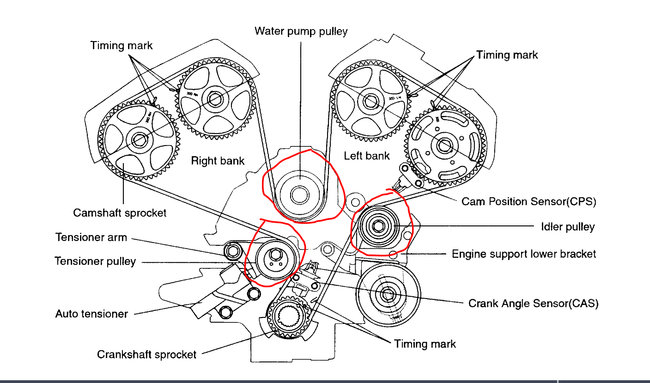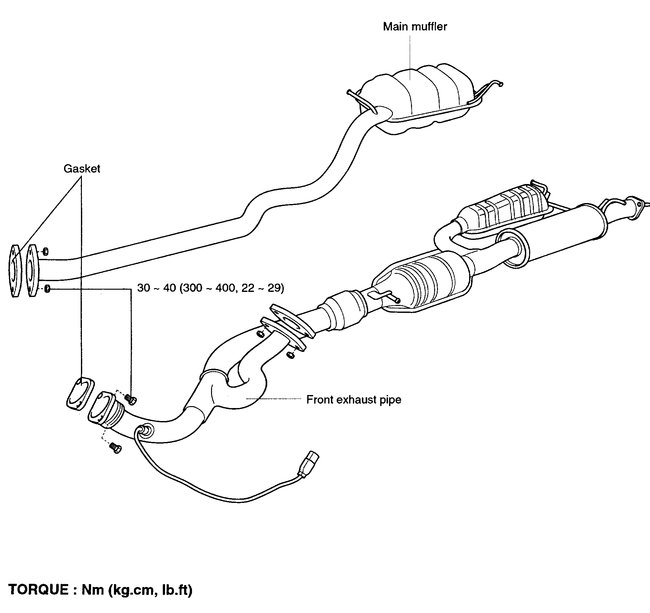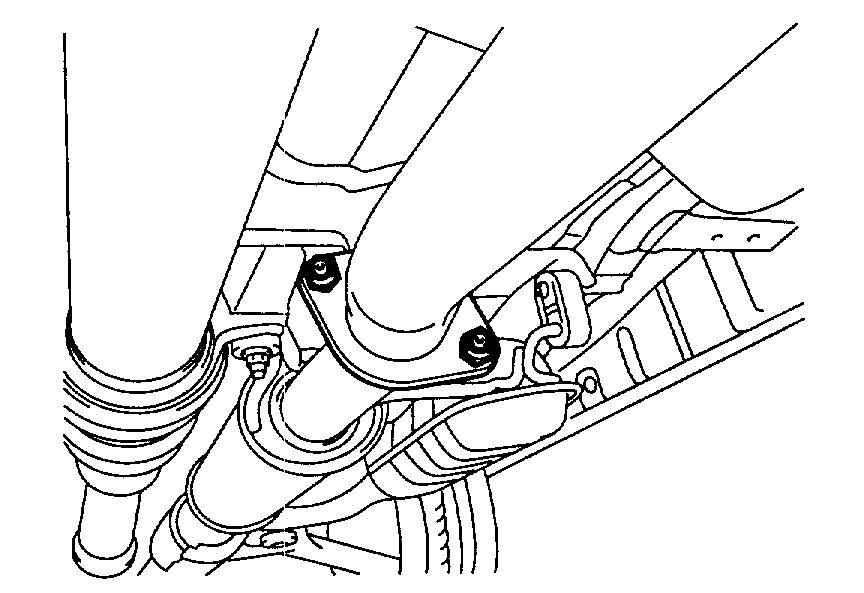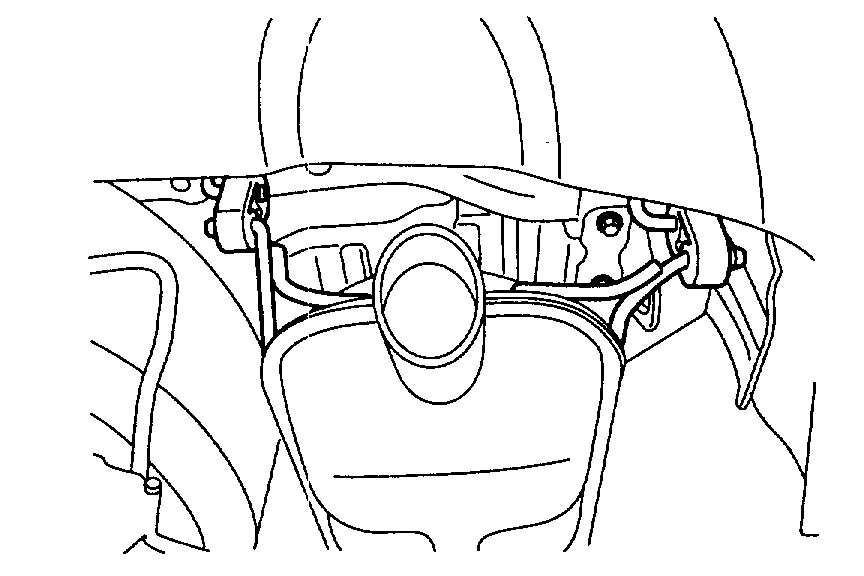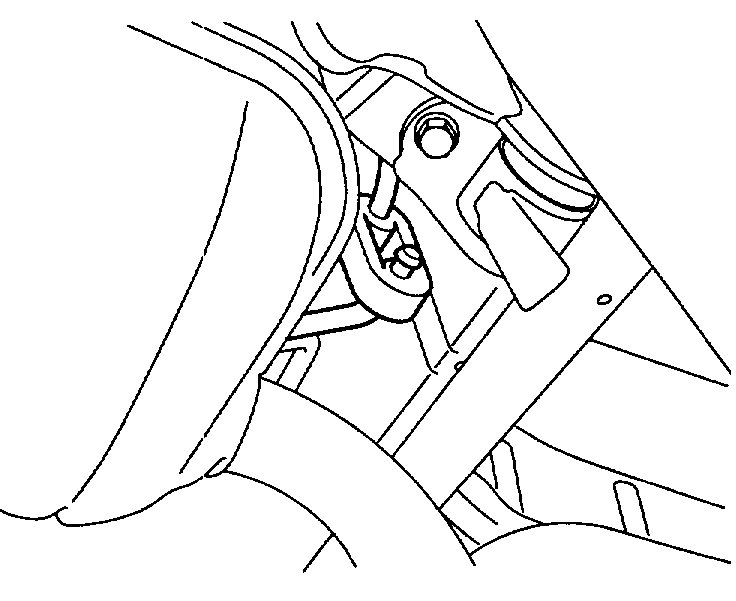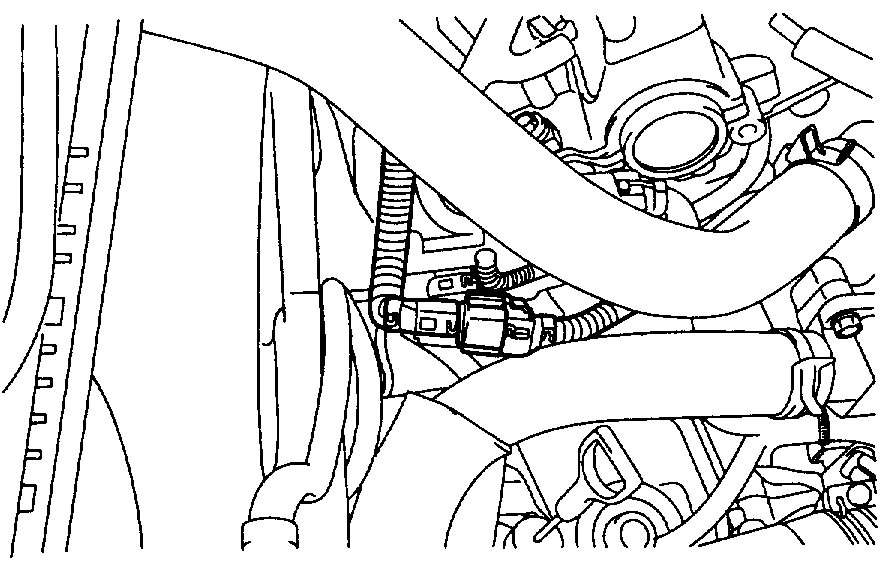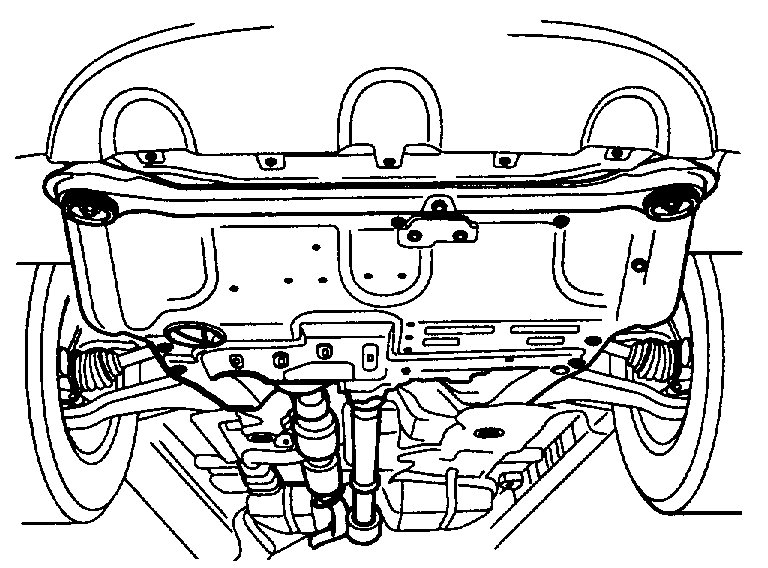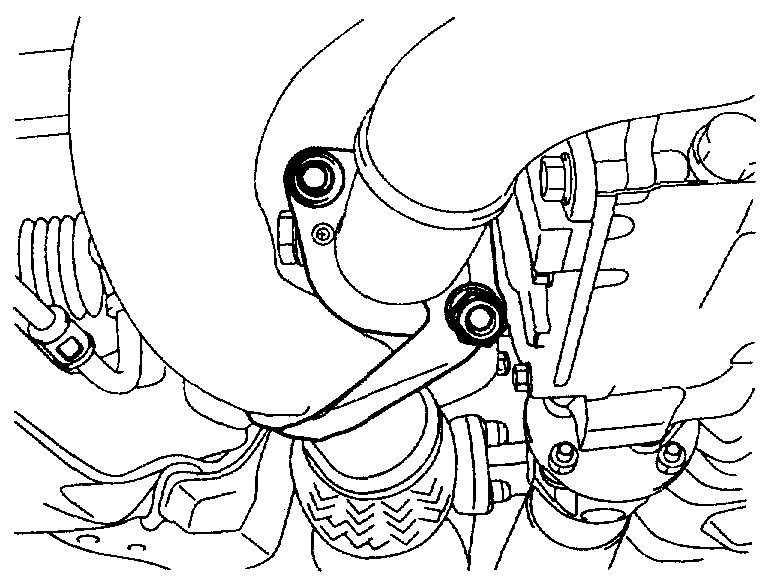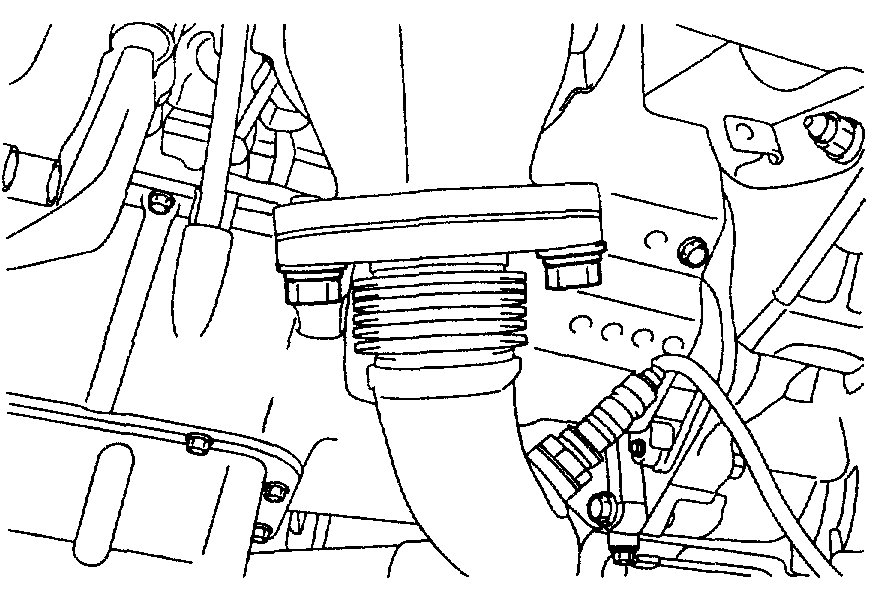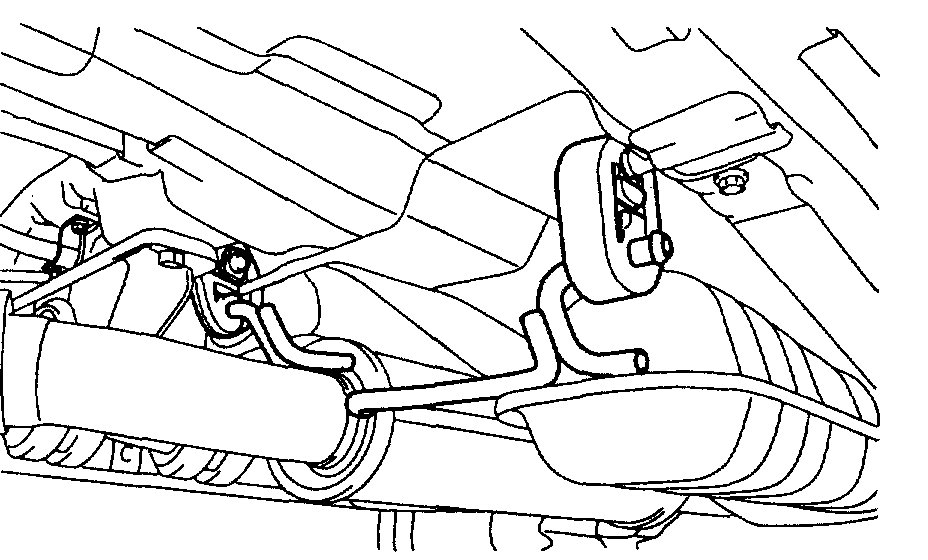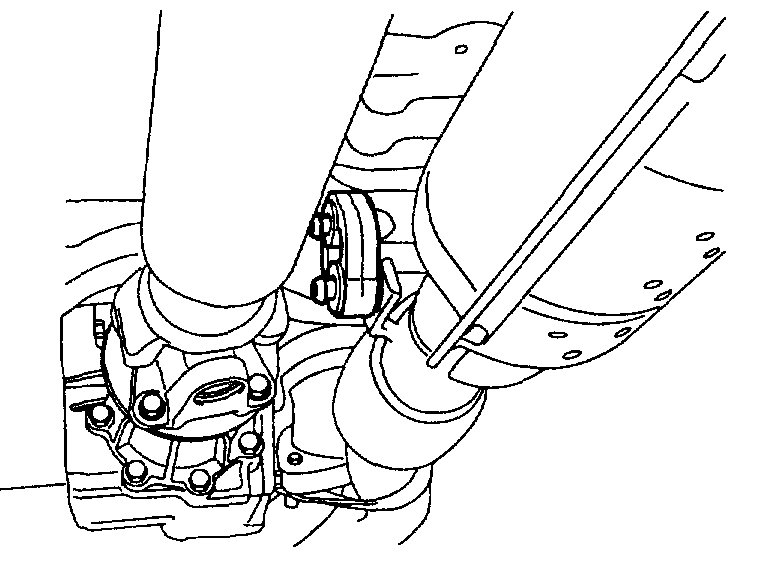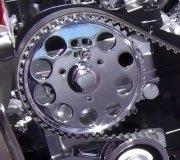The converter is making the noise? Is it plugged? As far as the converter, you should be able to find one (even a universal one) for a lot less. NY only requires federal emission specs. CA is different, but they both should have the same converter.
I don't know if you need it, but here is a link that shows in general how to replace a catalytic converter:
https://www.2carpros.com/articles/catalytic-converter-replacement
Here are the directions specific to your vehicle for the entire exhaust. The attached pictures correlate with the directions.
___________________________________
2003 Hyundai Truck Santa Fe V6-3.5L
Procedures
Vehicle Engine, Cooling and Exhaust Exhaust System Service and Repair Procedures
PROCEDURES
pic 1
REMOVAL
REAR MUFFLER
CAUTION: Before removing or inspecting the exhaust system, ensure that the exhaust system is cool.
pic 2
1. Disconnect the rear muffler from the front muffler.
pic 3
pic 4
2. Remove the rubber hangers and the rear muffler.
FRONT MUFFLER (INCLUDING CATALYTIC CONVERTER)
pic 5
1. Disconnect the L/H near oxygen sensor.
pic 6
2. Remove the under cover.
pic 7
pic 8
3. Remove the front muffler bolts and nuts.
pic 9
pic 10
4. Disconnect from the hanger.
INSPECTION
1. Check the mufflers and pipes for leaks, corrosion and damage.
2. Check the rubber hangers for deterioration and cracks.
INSTALLATION
1. Temporarily install the front muffler, the catalytic converter assembly and the rear muffler in this order.
2. Install the rubber hangers so that they hang equally left and right.
3. Tighten the parts securely and then confirm that there is no interference with any components.
Tightening torque: 30 - 40 Nm (300 - 400 kgf-cm, 22 - 29.5 ft. lbs.)
______________________________
Let me know if this helps or if you have other questions.
Take care,
Joe
Images (Click to make bigger)
Thursday, January 23rd, 2020 AT 7:20 PM
